Artiles
Open Access
Article
24 March 2025A Shear Stress Model for Magnetorheological Fluid with High Volume Fraction
Shear stress prediction in high-concentration magnetorheological fluids (MRFs) faces limitations due to the oversimplified magnetic dipole interactions and neglect of multibody effects in classical single-chain models, particularly under conditions (30–40 vol.%) where stress prediction errors start escalating nonlinearly. To address this gap, based on the classic single-chain model, this study proposed a new revised calculation method that integrates three novel components: (1) a distance-weighted dipole interaction model incorporating material-specific correction factors, (2) dynamic chain reconstruction mechanisms accounting for magnetic aggregation under shear deformation, and (3) transverse field overlap parameters quantifying anisotropic field distributions. Validated against Lord Corp.’s MRF-132DG, the proposed approach reduces shear stress prediction root-mean-square error (RMSE) by 71.7% (from 27.40 kPa to 7.76 kPa). It rectifies the R-square metric from −0.9236 to 0.8457, outperforming existing models in high-concentration regimes. The work resolves the bottleneck of modeling chain-to-network transition behaviors through Monte Carlo simulations with energy barrier analysis, revealing how localized dipole rearrangement governs macroscopic rheological responses. The methodology’s adaptability to pre-saturation magnetization stages further enables systematic evaluation of multi-dipole interaction thresholds critical for high-performance MRF engineering applications.
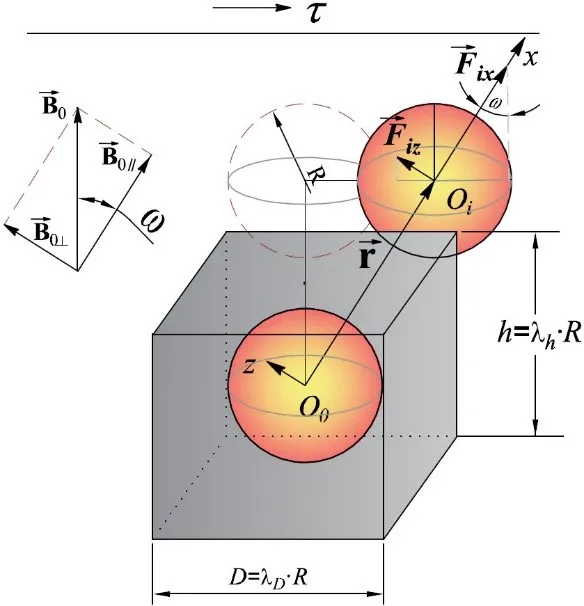
Open Access
Article
24 March 2025USP11 Promotes Endothelial Apoptosis-Resistance in Pulmonary Arterial Hypertension by Deubiquitinating HINT3
Pulmonary arterial hypertension (PAH) is a progressive, lethal, and incurable disease of the pulmonary vasculature. A previous genome-wide association study (GWAS) with Affymetrix microarray analysis data exhibited elevated histidine triad nucleotide-binding protein 3 (HINT3) in the lung samples of PAH compared to control subjects (failed donors, FD) and the positive correlations of HINT3 with deubiquitinase USP11 and B-cell lymphoma 2 (BCL2). In this study, we aim to investigate the roles and interplay of USP11 and HINT3 in the apoptosis resistance of PAH. The levels of USP11 and HINT3 were increased in the lungs of idiopathic PAH (IPAH) patients and Hypoxia/Sugen-treated mice. USP11 and HINT3 interacted physically, as shown by co-immunoprecipitation (co-IP) assay in human pulmonary arterial endothelial cells (HPAECs). HINT3 was degraded by polyubiquitination, which was reversed by USP11. Furthermore, HINT3 interacted with the anti-apoptotic mediator, BCL2. Overexpression of USP11 increased BCL2 content, congruent to elevated lung tissue levels seen in IPAH patients and Hypoxia/Sugen-treated mice. Conversely, the knockdown of HINT3 function led to a depletion of BCL2. Thus, we conclude that USP11 stabilizes HINT3 activation, which contributes to endothelial apoptosis-resistance of pulmonary arterial endothelial cells in PAH. This can potentially be a novel therapeutic target for ubiquitination modulators for PAH.
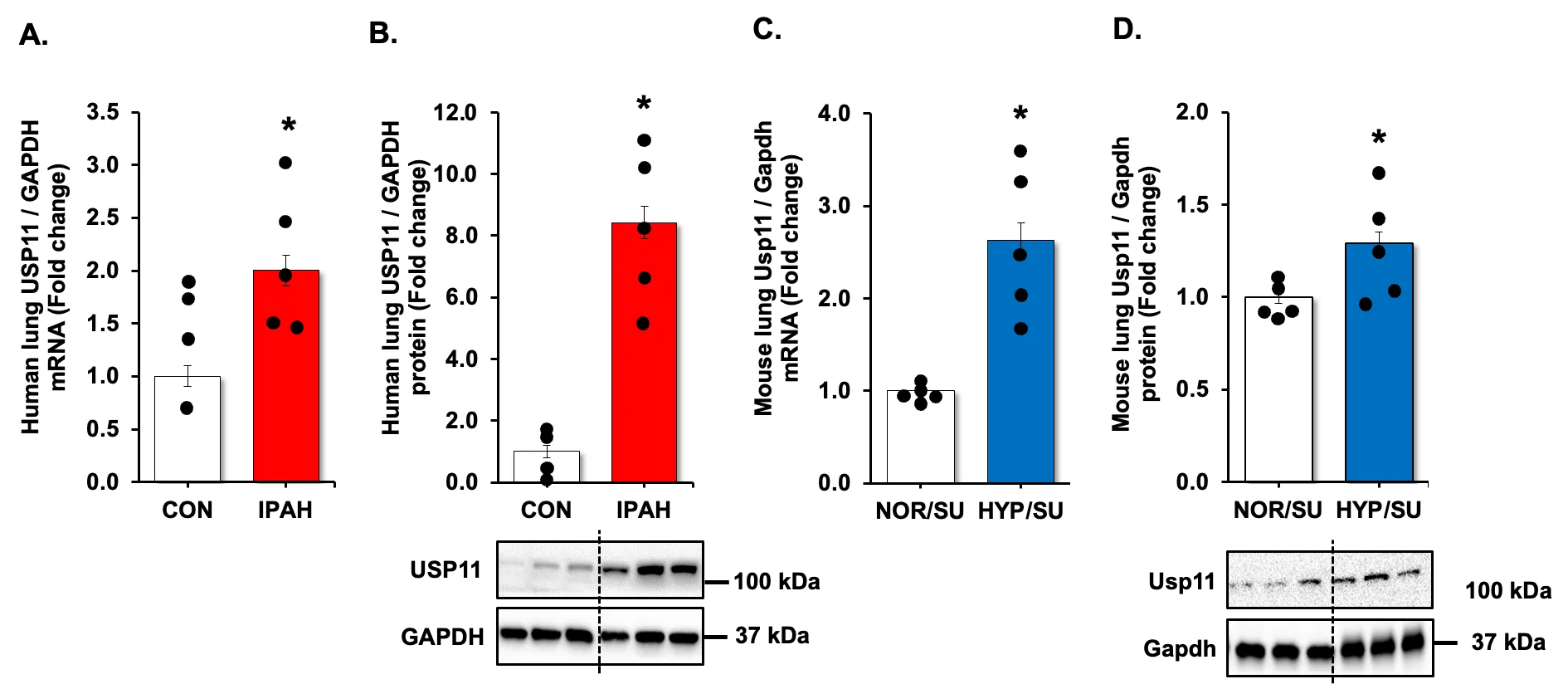
Open Access
Editorial
24 March 2025
Open Access
Review
21 March 2025Metabolic Regulation of T Cell Exhaustion
Cytotoxic CD8 T cells play a crucial role in controlling tumor progression. However, T cells infiltrating tumor tissues upregulate inhibitory receptors, reduce cytokine secretion, and lose their killing function, a state known as exhaustion. Thus, preventing or reversing T cell exhaustion is essential for sustaining a successful antitumor immune response. Recent studies have shown that T cell immunity not only requires the three primary signals—antigen receptor signaling, costimulation, and cytokines—but is largely shaped by endogenous and ambient metabolites as a fourth regulatory signal. Therefore, metabolic changes in the tumor microenvironment, caused by tumor cell proliferation and tissue remodeling, have a significant impact on the function of tumor-infiltrating T cells. This paper will review mechanisms by which three major types of metabolites—carbohydrates, lipids, and amino acids—influence T cell exhaustion in the tumor microenvironment, providing insights and directions for exploring metabolic targets in antitumor immunity.
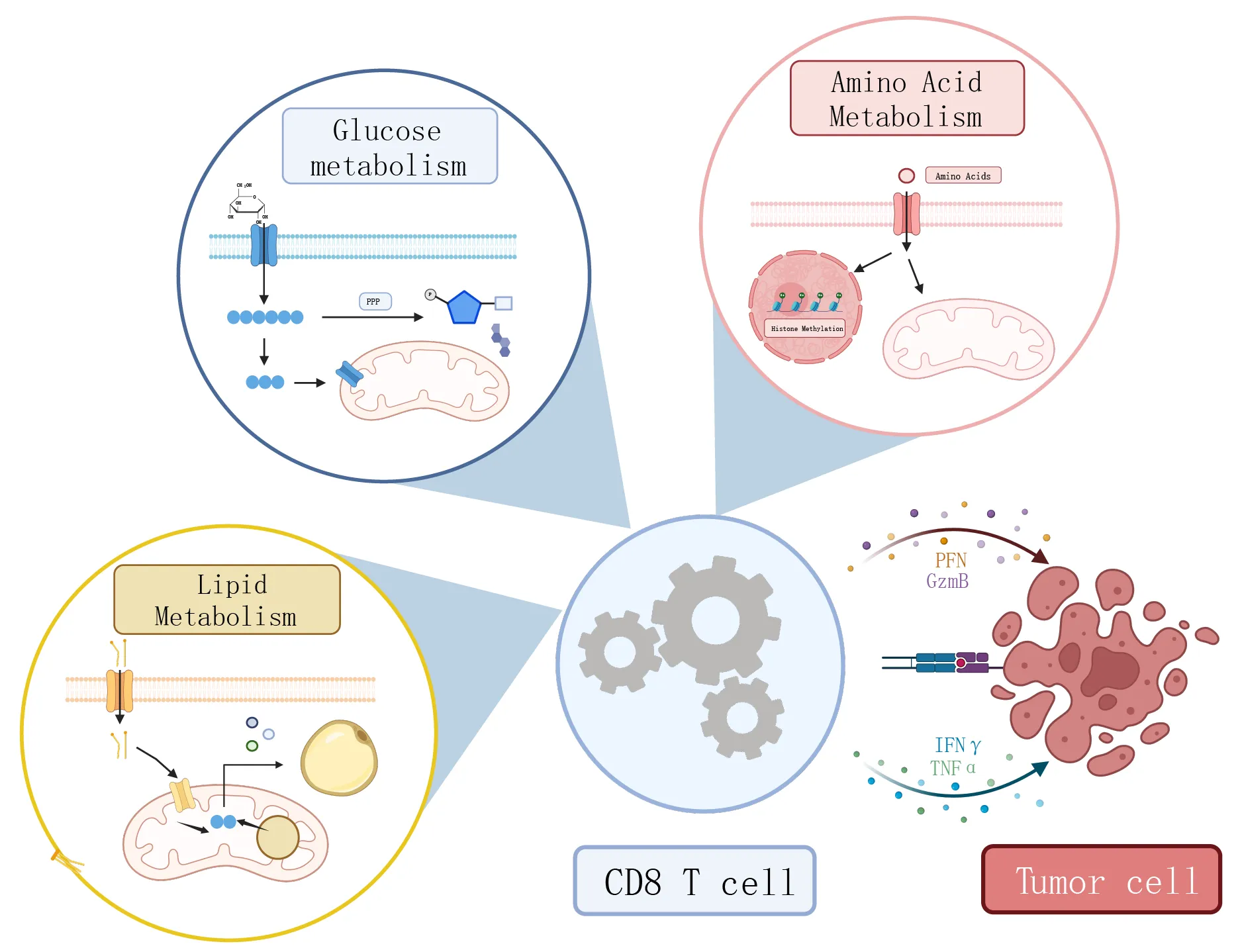
Open Access
Article
21 March 2025Additive Manufacturing of Tungsten-Alloyed Tantalum from Polyhedral Shaped Powder Blends
Tantalum and tungsten are completely soluble in each other and are used in applications in the combined form of so-called tantaloys. They provide high melting points (Ta: 3017 °C, W: 3410 °C) and excellent corrosion resistance while maintaining high ductility for W contents up to 7.5 wt%. Providing good resistance to hydrogen embrittlement, Ta-W alloys are attractive candidates for applications in fusion reactors. This study demonstrated the feasibility of producing chemically homogeneous bulk material with fine grained microstructure from non-spherical powder blends with up to 7.5% tungsten using laser powder bed fusion (PBF-L/M). It is observed that cracking remains a challenge, especially with the increase in tungsten content. The effect of rapid solidification on the microhardness of up to 385 HV0.1 for 7.5% W is discussed. It provides initial indications of the possibility of achieving higher strengths and paves the way for further alloy development with regard to the additive manufacturing of this alloy family.
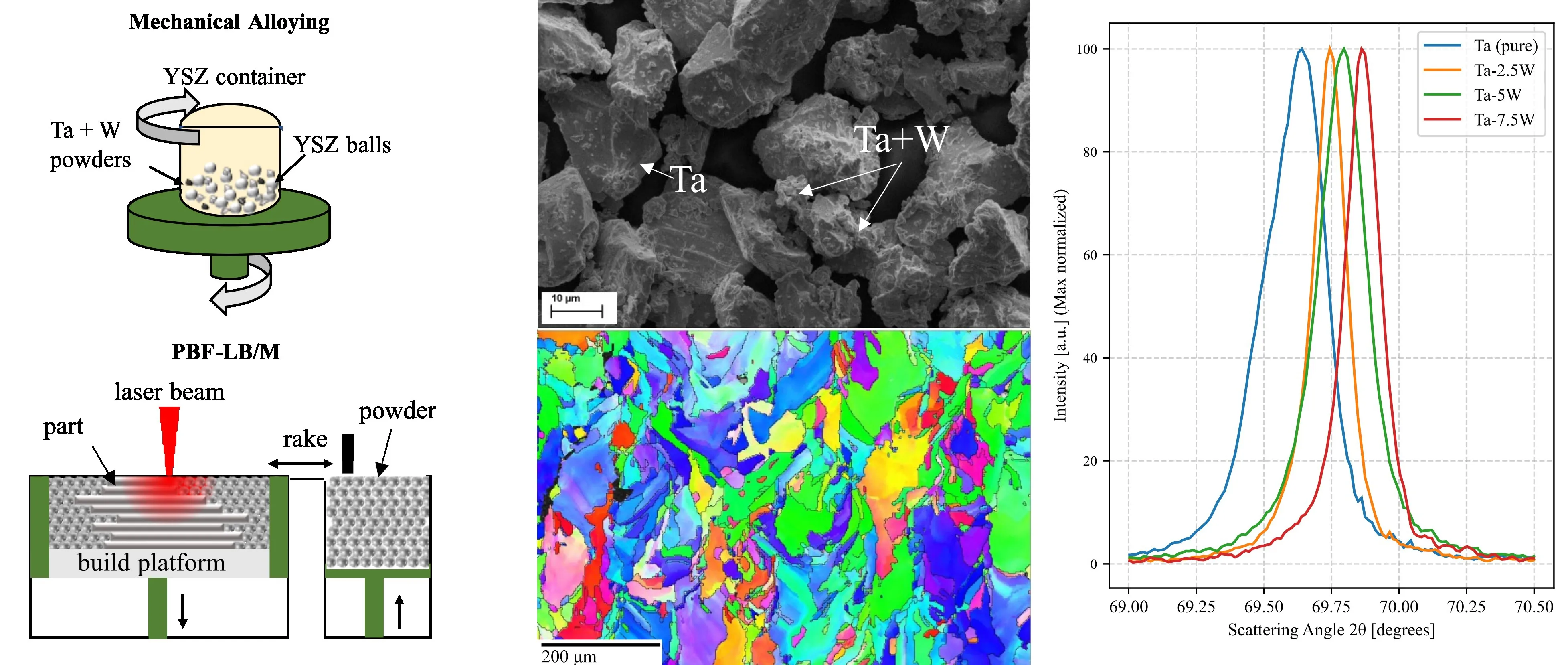
Open Access
Article
21 March 2025Formation Mechanism and Structural Evolution of Mesophase Pitch via Phase Separation
Mesophase pitch is obtained through a two-stage treatment method combining stirring and non-stirring heat treatment of the catalytic cracking oil slurry. The structural evolution during the mesophase pitch forming process is analyzed using phase separation and testing by X-ray diffraction, Fourier Transform Infrared spectroscopy, and Thermogravimetric analysis. After a short period of non-stirring heat treatment, the solid-phase yield rapidly increases by 14.20 wt.%, reaching 46.70 wt.%. The softening point of the final mesophase pitch is all below 350 °C. The increase in yield and structural transformation are influenced by changes in the content of quinoline insoluble, as evidenced by the presence of C-H out-of-plane bending vibration at 670 cm−1. Based on the observed changes in composition and structure, this study proposes a hypothesis regarding the increase in mesophase pitch production during heat treatment.

Open Access
Opinion
21 March 2025Classical MHC Class I Molecules as Modifiers of Brain Homeostasis and Neuroregeneration: Unraveling the Riddle?
As mankind breaks the boundaries of potential years to live, the process of aging imposes various cellular challenges, from less capacity of cell repair and damage to impaired protein formation, causing chronic low-level inflammation on tissues including the brain. Persistent chronic neuroinflammation can harm neurons, contributing to the development of neurodegeneration, a pathological process that affects cognitive function and is often reflected by dementia. This opinion article tries to recapitulate the influence that major histocompatibility class I (MHC-I) molecules have on brain homeostasis and how abnormalities in their expression can lead to cognitive deterioration. Studies carried out during recent years not only demonstrated that neurons and other central nervous system (CNS) cells express MHC-I molecules, but also that these molecules play essential roles in the establishment, function, and modeling of synapses in the CNS during the embryonic period, at birth and during adulthood, namely during inflammatory conditions. The accumulated body of evidence suggests that MHC-I molecules and the signaling pathways they regulate could provide clues on some of the molecular and cellular mechanisms regulating brain homeostasis and neuroregeneration in health and disease, thus becoming potential biomarkers of cognitive decline and targets for innovative immunotherapies.
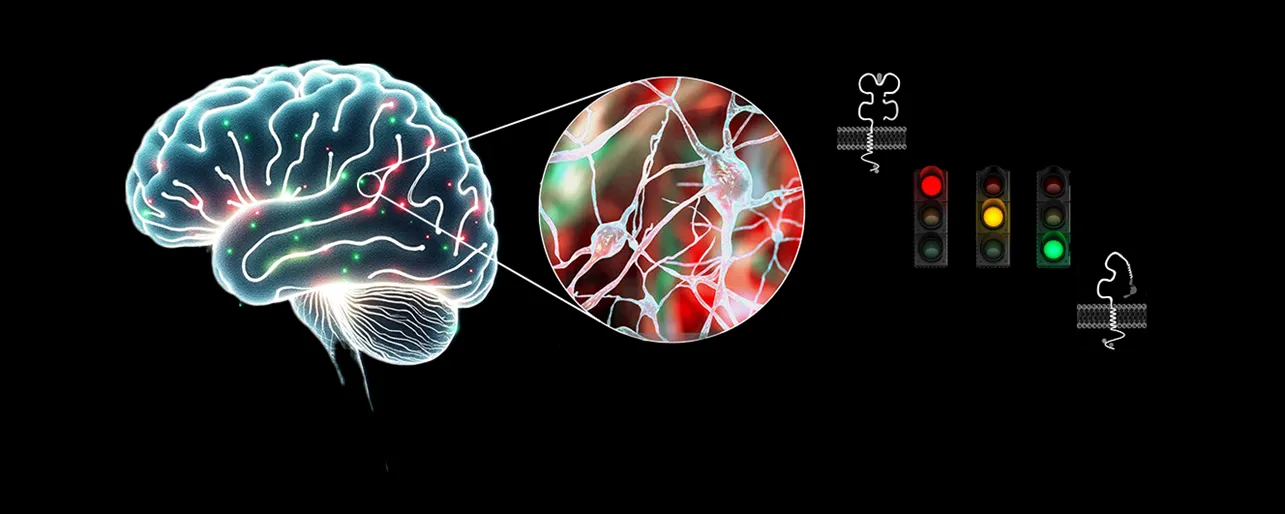
Open Access
Article
20 March 2025Fluctuations in Internal Water Footprint of Major Crops in Egypt: Implications for Sustainable Water Management
The scarcity of water represents a significant obstacle to the advancement of agriculture in Egypt, requiring the implementation of inventive water policies and effective resource management practices. The notion of virtual water, which considers the water contained within things, is a possible remedy to mitigate the strain on water resources. This study examines the changes over time in the amount of water used internally and the amount of virtual water exported by rice, maize, and wheat crops in Egypt between 2000 and 2018. The assessment evaluates the impact of climate variables, crop productivity, and renewable water sources on the internal water footprint. The study uses data from several sources and applies a Nonlinear Autoregressive Distributed Lag (NARDL) model to analyse how productivity, renewable water supplies, temperature, and precipitation affect the internal water footprint. The EVIEWS software is utilised for conducting statistical analysis. The results demonstrate that the internal water footprint and productivity of the crops studied vary over time, and climate conditions and the availability of water control this variation. The maximum internal water footprint values for rice, maize, and wheat were recorded in 2008, 2011, and 2017, respectively, aligning with the highest temperatures and available renewable water resources. The analysis reveals complex connections between the independent factors and the internal water footprint of each crop. Precipitation has an inverse correlation with the internal water footprint of rice, but renewable water resources have a favourable impact on the internal water footprint of wheat. The study emphasizes improving crop choices to minimize water usage and boost water output. Given Egypt’s expected water scarcity by 2025 and its reliance on Nile water for irrigation, implementing sustainable solutions for water resource management in agriculture is crucial. These findings give useful insights for policymakers and stakeholders in creating efficient water management policies and promoting food security in Egypt.
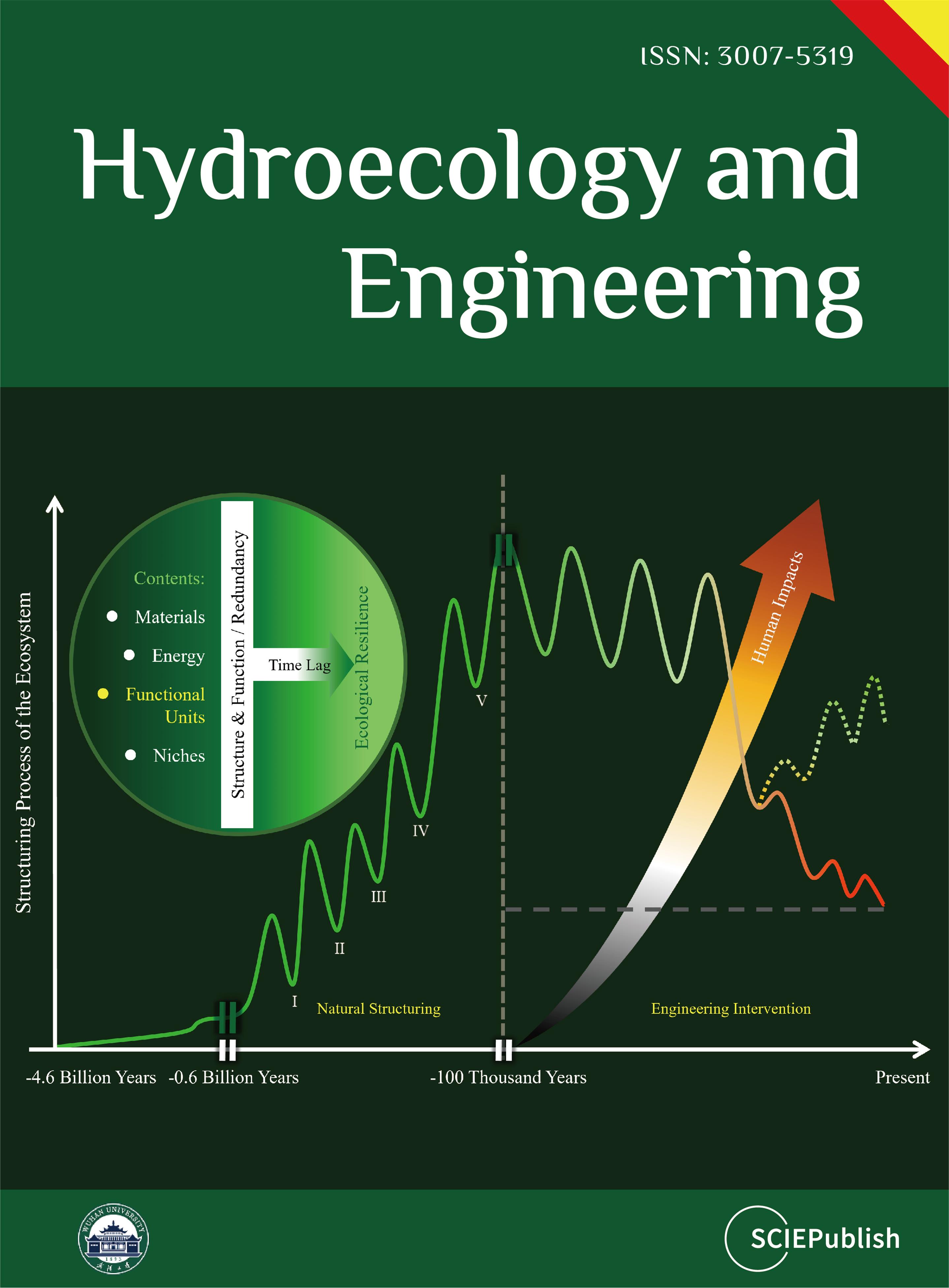
Open Access
Review
20 March 2025The Fate and Dynamics of Neural Stem Cells (NSCs) and Their Neurogenic Decline in Alzheimer’s Disease
Neural stem cells (NSCs) are crucial for neurogenesis in the mammalian brain, supporting the generation of neurons and glial cells during both development and adulthood. However, aging—driven by factors such as reduced growth factors, heightened inflammation, oxidative stress, and epigenetic modifications—leads to a decline in NSC activity, which is closely associated with cognitive decline. This article explores the significant reduction in neurogenesis observed in Alzheimer’s disease (AD), where amyloid-beta (Aβ) accumulation, tau pathology, mitochondrial dysfunction, and chronic neuroinflammation disrupt NSC function in the hippocampus and subventricular zone (SVZ). These disruptions impair NSC proliferation, differentiation, and migration, contributing to the progression of cognitive deficits. Additionally, this article examines experimental studies suggesting that deficits in neurogenesis often precede amyloid plaque formation in animal models, positioning impaired neurogenesis as a potential early biomarker for AD. Therapeutic strategies targeting neurogenesis, epigenetics, and inflammation—such as anti-inflammatory treatments, environmental enrichment, and modulation of systemic factors—hold promise for reversing neurogenic deficits and enhancing cognitive function. Furthermore, this article discusses both pharmacological agents and non-pharmacological strategies that show potential in promoting neurogenesis, though further research is needed to evaluate their safety and efficacy. The decline of NSC is driven by many interconnected factors, making it challenging to understand and address fully. This highlights the need for ongoing research.
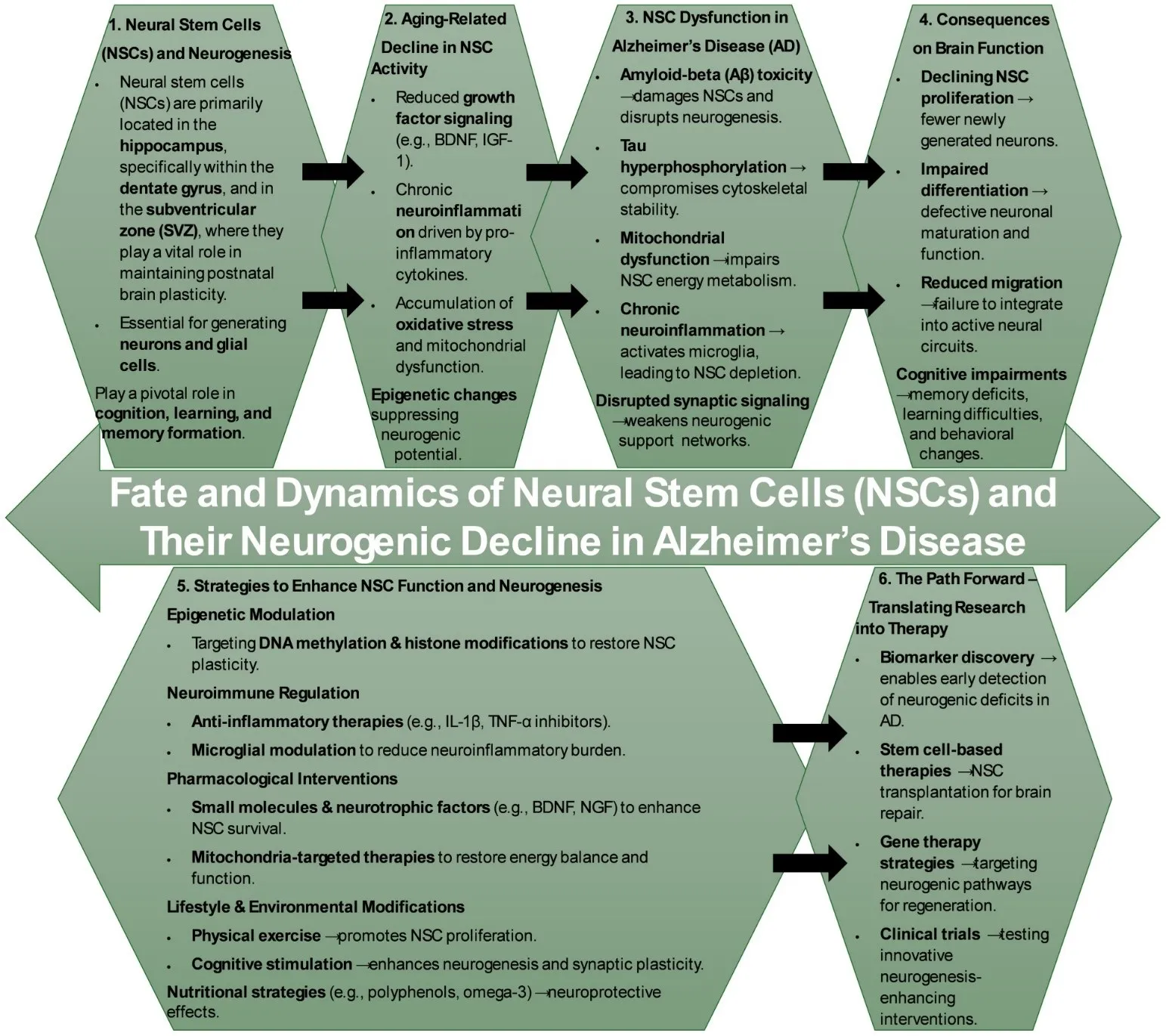
Open Access
Article
20 March 2025Metabolic Engineering and Genome-Wide Adaptive Evolution for Efficient Reduction of Glycerol in Industrial Saccharomyces cerevisiae
The production of glycerol as a major by-product during yeast-based bioethanol fermentation arises directly from the need to re-oxidize excess NADH, which reduces conversion efficiency. In this study, an optimized Cas9-based genome editing method was performed to develop a mixotrophic CO2-fixing industrial Saccharomyces cerevisiae by heterologous expression of ribulose-1,5-bisphosphate carboxylase-oxygenase (RuBisCO form Pseudomonas sp.) and phosphoribulokinase (PRK form Spinach). Additionally, the gene encoding alcohol dehydrogenase (ADH2) responsible for converting ethanol to acetaldehyde was deleted, while the great wall-family protein kinase Rim15 gene was overexpressed to facilitate the reduction in glycerol content. The resulting CO2-fixing yeast M-2 led to a 21.5% reduction of the by-product glycerol in corn mash fermentation cultures at 39 ℃. Moreover, we established a novel gene mutators mediated genome-wide mutations system that accumulates distinct mutations in the industrial S. cerevisiae strains under the stress conditions to improve the robustness in the S. cerevisiae strains efficiently.
